Odds are you’re familiar with the term intermittent fasting (IF). Maybe you even practice it yourself or have friends or relatives who partake. But is a fasting diet right for you?
Intermittent fasting has skyrocketed in popularity in recent years. Its advocates include some scientific researchers who have demonstrated its impact on achieving and maintaining a healthy weight and improving chronic conditions.
However, intermittent fasting has also become the subject of controversy and accumulated its fair share of detractors, who argue that the practice is not necessary or sustainable and may even be harmful.
This article will detail the specifics of what intermittent fasting is, the most common types of IF, and the evidence showing the benefits and the downsides of intermittent fasting.
What Is Mindful Eating? Everything You Want to Know and How to Do It
What Is Intermittent Fasting?
Intermittent fasting is a type of eating pattern that restricts intake of food (or calorie-containing foods and drinks) for certain periods of time. This puts the human body into a fasted state, which causes substantial metabolic changes.
During prolonged fasting, the main energy source glucose (a carbohydrate) decreases and eventually becomes depleted. The body then compensates for this loss by “switching” to using sources of fat, like fatty acids and ketones, for fuel. Utilizing fats for energy can result in fat loss, which is often why intermittent fasting is a sought-after diet for those with goals of weight loss.
While IF has some similarities to the ketogenic (keto) diet with metabolizing fats instead of carbohydrates for energy, intermittent fasting and keto are not considered the same diet.
Here Are the Main Types of Intermittent Fasting
There are multiple ways of adhering to an IF diet model. Types of IF include daily time-restricted eating, alternating fasting and non-fasting days in a standard week, and participating in religious fasting.
Intermittent fasting doesn’t typically have specific rules or meal plans for non-fasting days/eating periods, but it is often recommended to monitor calorie intake on these days.
Time-Restricted Fasting (TRF):
This approach to intermittent fasting involves eating a typical day’s worth of food within a specific time window.
The most well-known example is the 16:8 method, in which there is an 8-hour period for food consumption (such as skipping breakfast and eating between 11 AM and 7 PM) with the remaining 16 hours spent fasting.
Time-restricted fasting may be suitable for those whose eating schedule closely aligns with an 8-hour time frame.
Alternate Day Fasting (ADF):
This intermittent fasting pattern alternates between full days of fasting and days where food and drink are not restricted.
Strict ADF models require no calorie intake on fasting days (but do allow non-caloric beverages like water, black coffee, and tea) while others keep calorie intake to 25% of one’s dietary needs.
Eat Stop Eat is a popular alternate day fasting-style diet where a fasting period of 24 hours occurs once or twice per week.
Modified Intermittent Fasting:
Modified IF is a slightly less strict version of alternate day fasting, and consists of a longer series of non-fasting days with caloric restriction on fasting days.
A common example is the 5:2 method, in which participants eat and drink without restrictions five days out of the week while the other two days are limited to 500-600 calories.
Religious Fasting:
Periods of fasting have been practiced by many religions around the world for thousands of years.
During the Jewish holiday of Yom Kippur, fasting begins at sundown and food and drink are not consumed until sundown the following day.
Many Muslims observe the holy month of Ramadan, typically 29-30 days in length, by fasting during daylight hours then resuming eating and drinking after sunset.
Intermittent Fasting Benefits
There is scientific evidence to suggest that intermittent fasting has positive impacts on health. While it is most-widely known for its effect on weight loss, studies have also shown favorable effects of IF in managing diabetes, reducing inflammation, and potentially preventing cancer and/or cognitive decline.
1. May Support Diabetes
Research has indicated that intermittent fasting diet patterns may reduce blood glucose and insulin levels and even reverse insulin resistance (when the cells don’t respond to insulin), a feature of Type 2 Diabetes.
A 2017 pilot study found that adults with Type 2 Diabetes who participated in a 2-week IF intervention had significant improvements in their blood sugar levels, both in the morning and after consuming meals, and that the majority of participants stated intent to continue with intermittent fasting after the study’s conclusion.
Male and female Muslim patients with Type 2 Diabetes who fasted during Ramadan were found to have significant improvements in their hemoglobin A1C levels, a measure of blood sugars over a 3-month period.
2. May Reduce Inflammation
Inflammation is a common risk factor for many serious diseases. Both animal and human studies have found that periods of fasting contribute to reducing systemic inflammation.
Mice who were put on TRF (time-restricted fasting) had measurable reductions in overall inflammation.
A 2015 study found that women who had longer periods of nighttime fasting had lower levels of C-reactive protein (a marker of inflammation). The findings also indicated that the reduced inflammation may subsequently reduce the risk of breast cancer.
3. May Support Cancer Patients During Chemotherapy Treatment
Repeated intermittent fasting may prevent cancer cells from multiplying and preserve healthy cells during chemotherapy treatment. Short-term fasting was found to halt growth of tumors in mice, and humans who fasted for 48-72 hours before and 24 hours after chemotherapy had fewer side effects from the treatment.
4. Brain Health
Intermittent fasting has also demonstrated positive effects on neurological health, including improving memory deficit and delaying the onset of age-related brain damage.
It is worth noting that most of the current research on IF describes the short-term impacts and further studies are needed to determine if intermittent fasting is as beneficial in the long-term.
Intermittent Fasting Concerns
There are some who express concern that intermittent fasting may not be feasible on a regular basis and/or question whether putting restrictions on time for eating and/or calories is warranted.
1. Potential Side Effects
Intermittent fasting can be logistically difficult to implement in busy lives and may lead to physical and/or emotional discomfort. Potential side effects of IF include:
- Headache
- Lethargy
- Mood Swings
- Dizziness
- Polyuria (excessive urination)
2. Disordered Eating
The restrictions brought on by IF eating patterns may be harmful to people with a history of eating disorders and/or disordered eating.
A recent study in Clinical Diabetes Endocrinology found that women and young people may be at increased risk for disordered eating behaviors with IF.
Another study found that university students who underwent low-carb dieting combined with intermittent fasting had higher levels of binge eating and food cravings compared to non-dieters.
3. Not Appropriate for These Groups
IF may also not be appropriate for people with low blood sugars and/or blood pressure, who take certain medications (such as ones that must be taken with food), and people who are pregnant, breastfeeding, or trying to conceive.
Intuitive Eating Guide – How to Eat Based on What Your Body Wants
Intermittent Fasting Pros and Cons: The Takeaway
There is research to support the benefits of intermittent fasting, including sustaining a healthy weight, improving blood sugar levels and insulin resistance, and reducing inflammation. Most of these studies report benefits in the short-term.
For some individuals, following an intermittent fasting diet pattern like the 16:8 method is manageable in achieving balanced nutrition.
It is hard to define intermittent fasting as strictly good or bad, because it can work well for certain people but be physically and emotionally damaging for others.
However, IF can be difficult for many people to sustain long-term. IF diets may also result in unhealthy behaviors like disordered eating and possible nutrient deficiencies if the participant does not consume enough food or enough of a variety of foods regularly.
It is hard to define intermittent fasting as strictly good or bad, because it can work well for certain people but be physically and emotionally damaging for others. At the end of the day, it is important to recognize what is realistic for you, and not to feel shame or embarrassment if a fasting diet is not a good fit.
All included information is not intended to treat or diagnose. Always consult your healthcare provider for medical questions and before beginning or changing any dietary, supplementation, and/or exercise regimen.
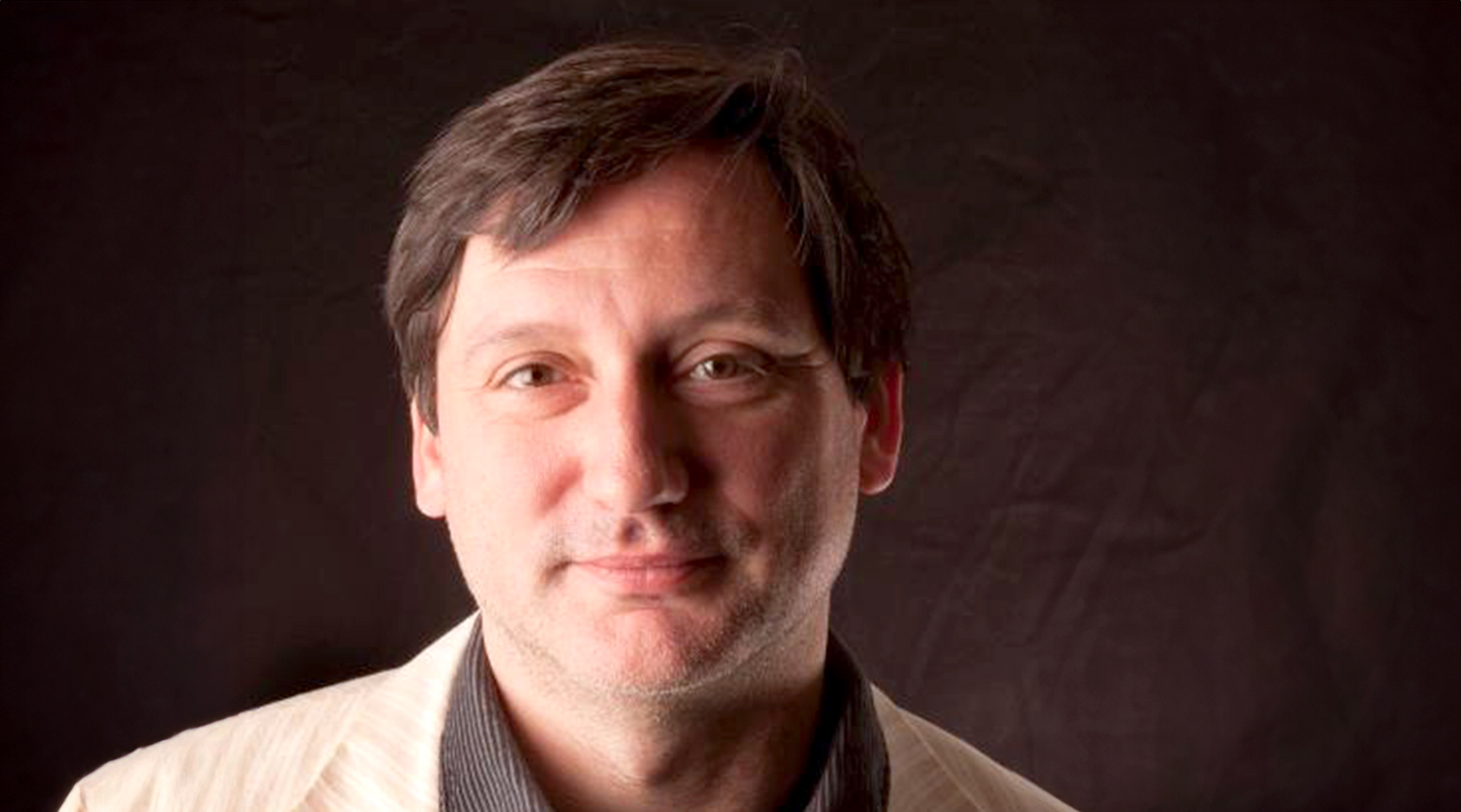





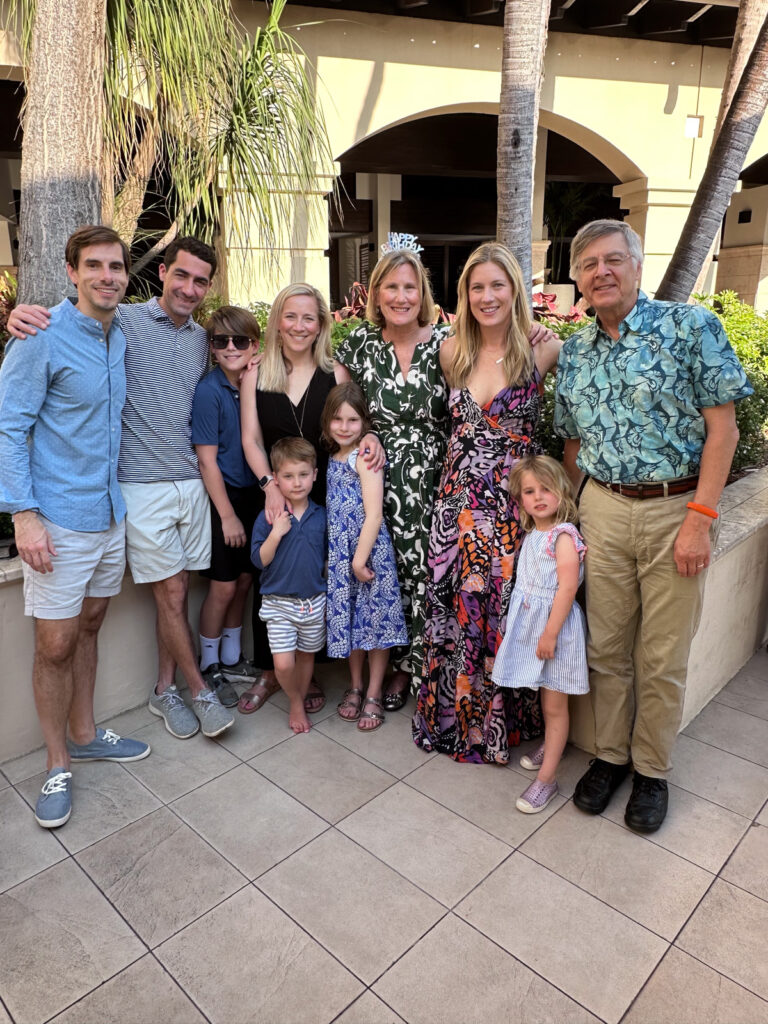



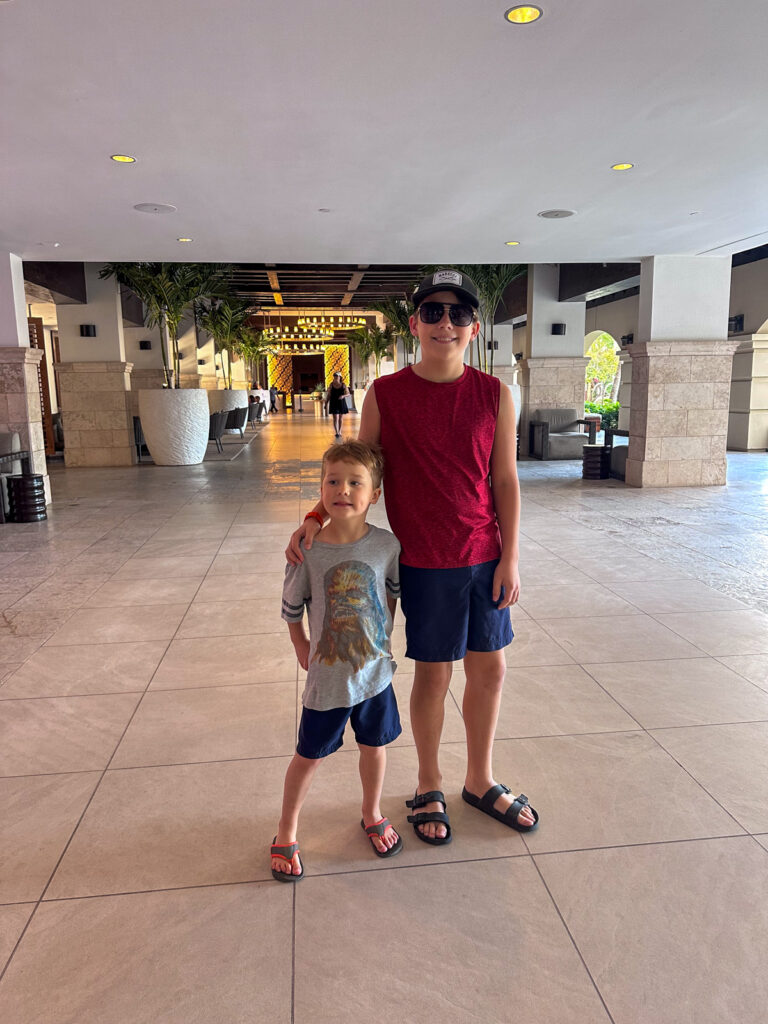
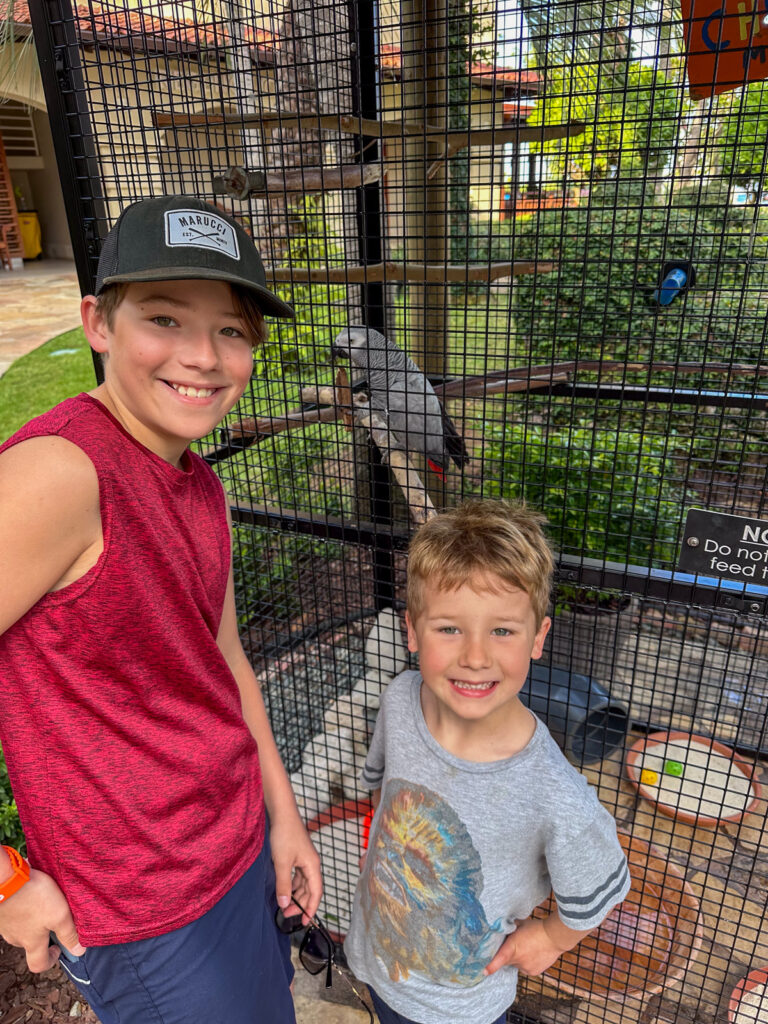


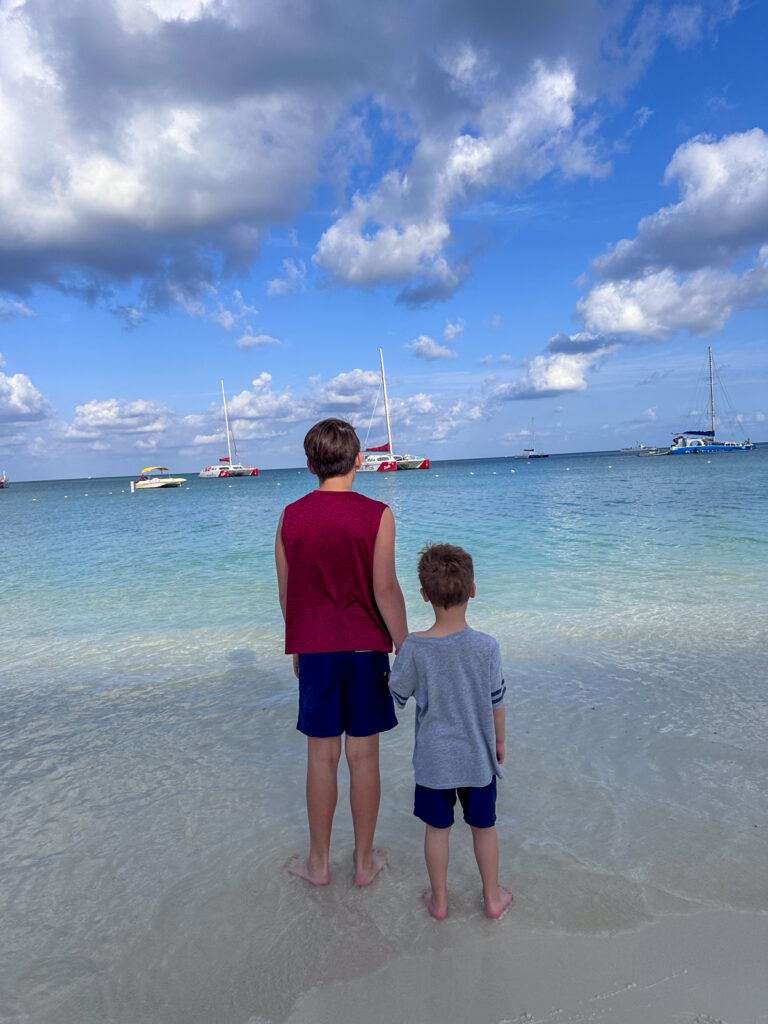
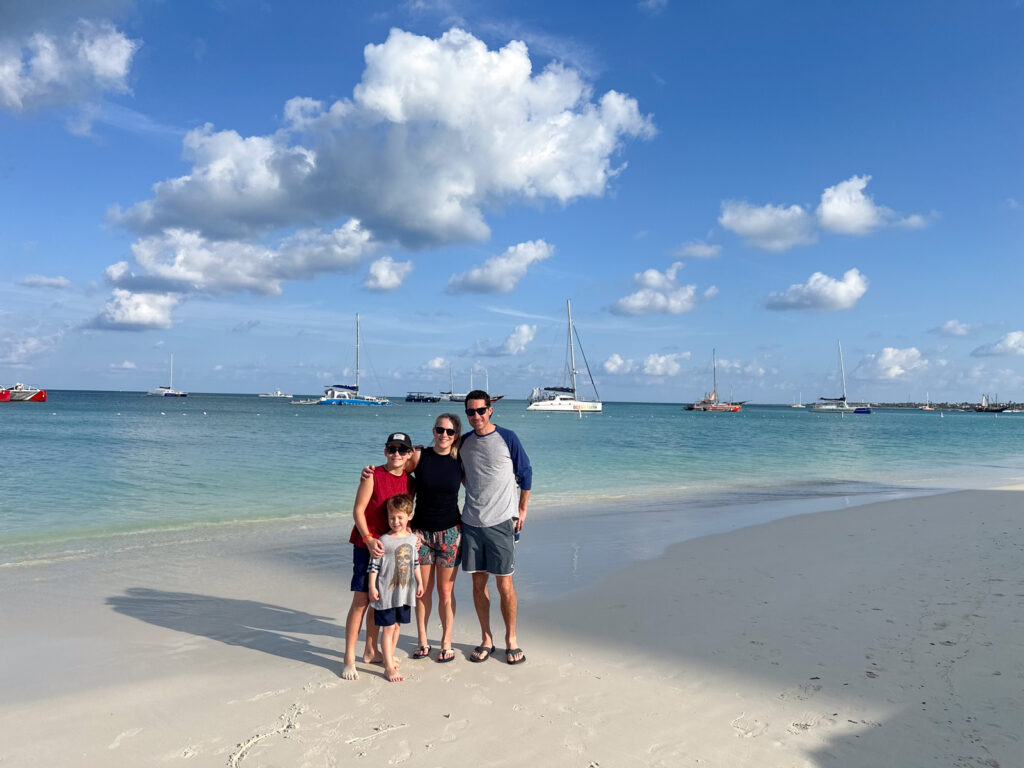
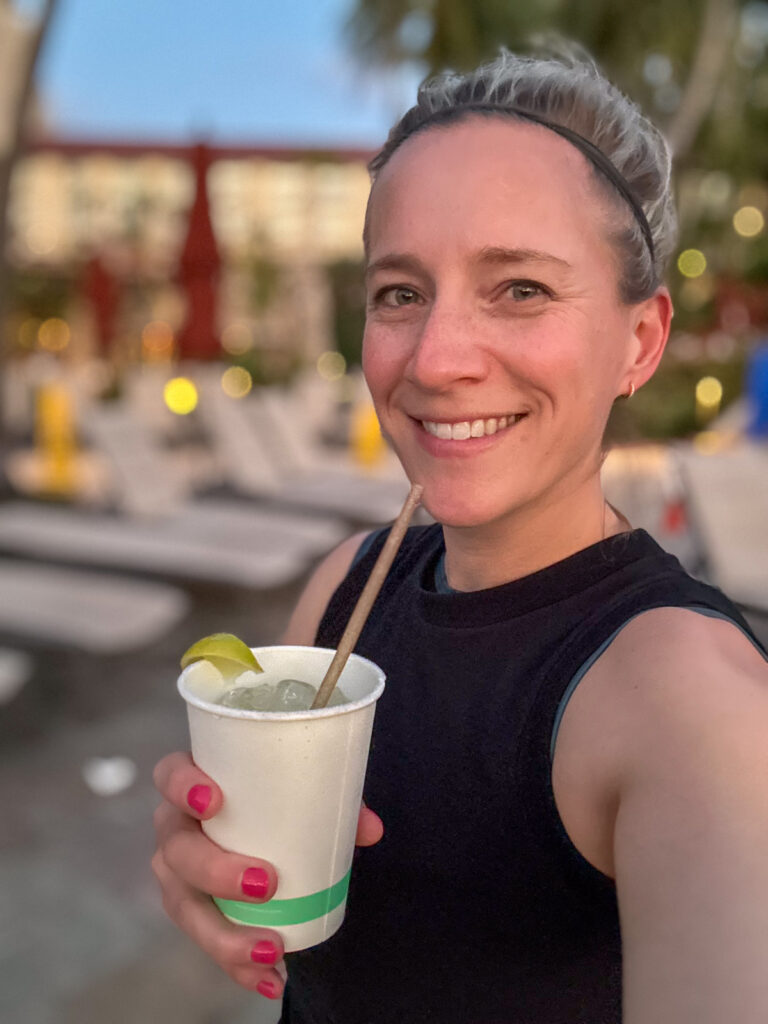

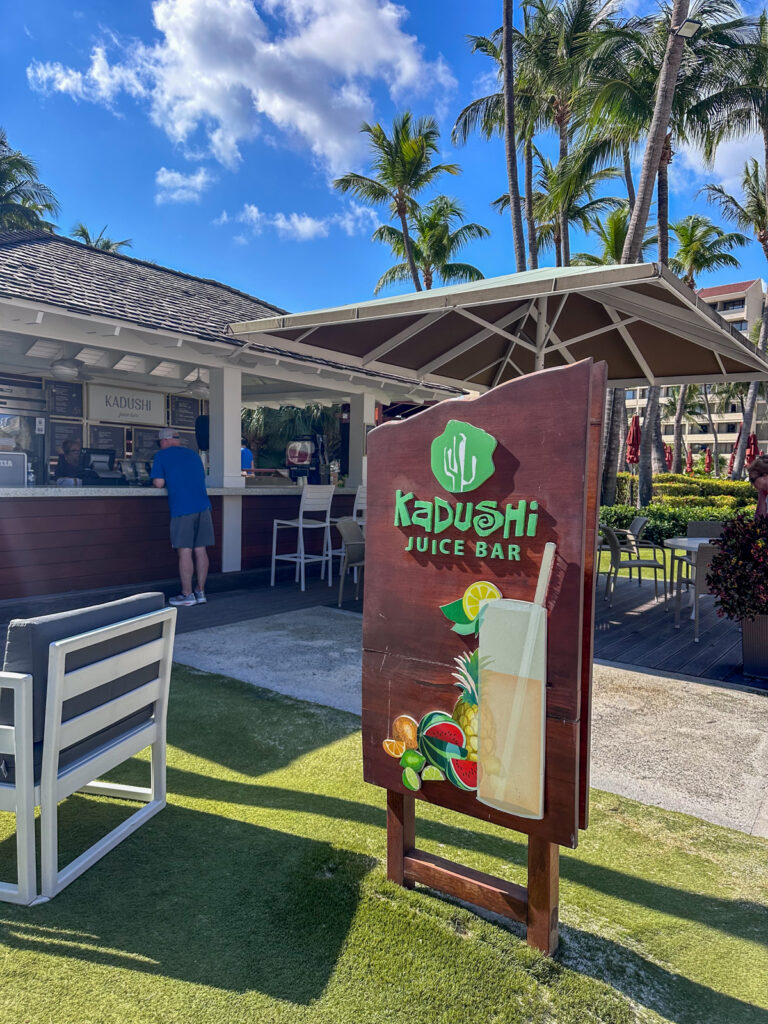
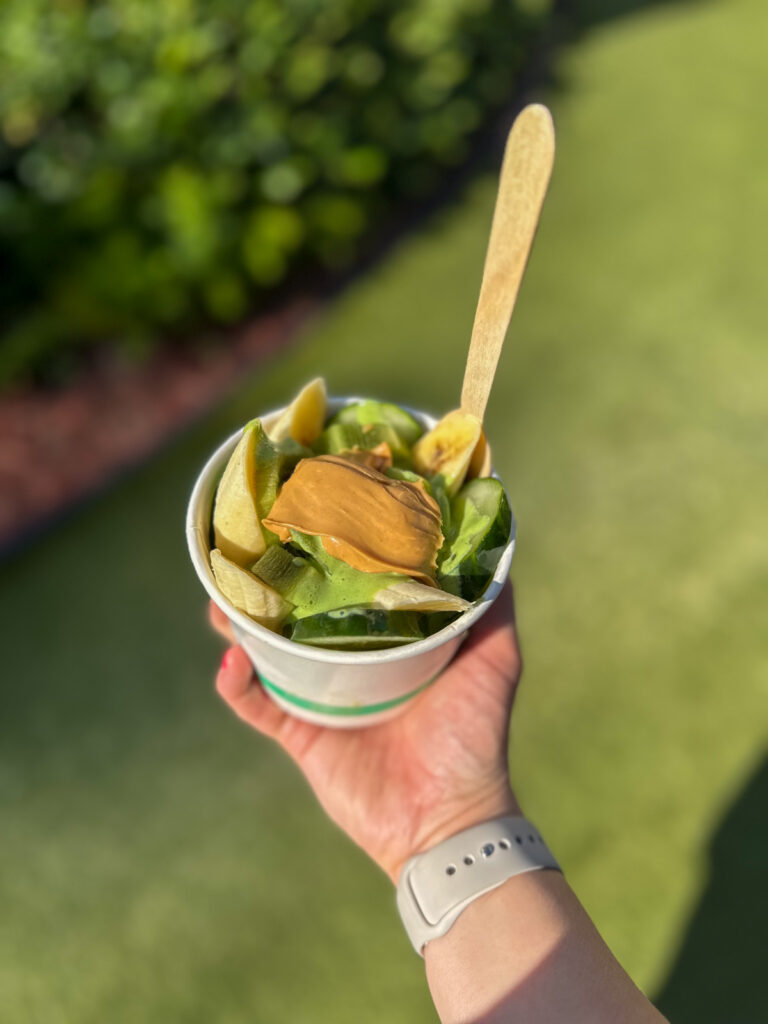
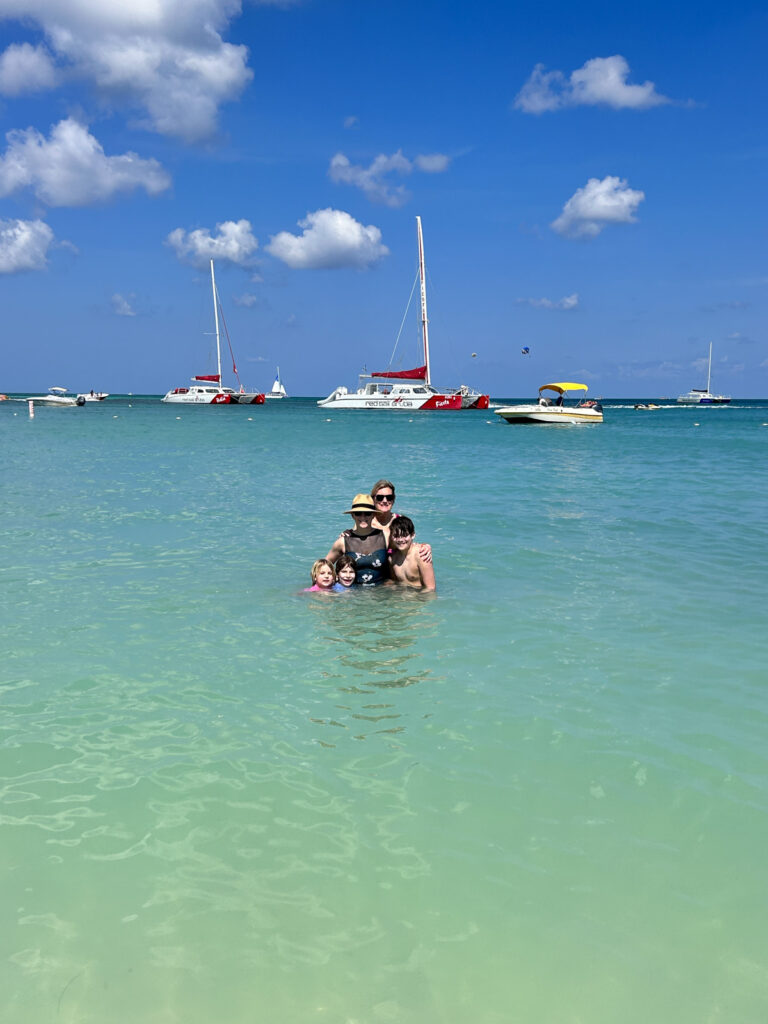
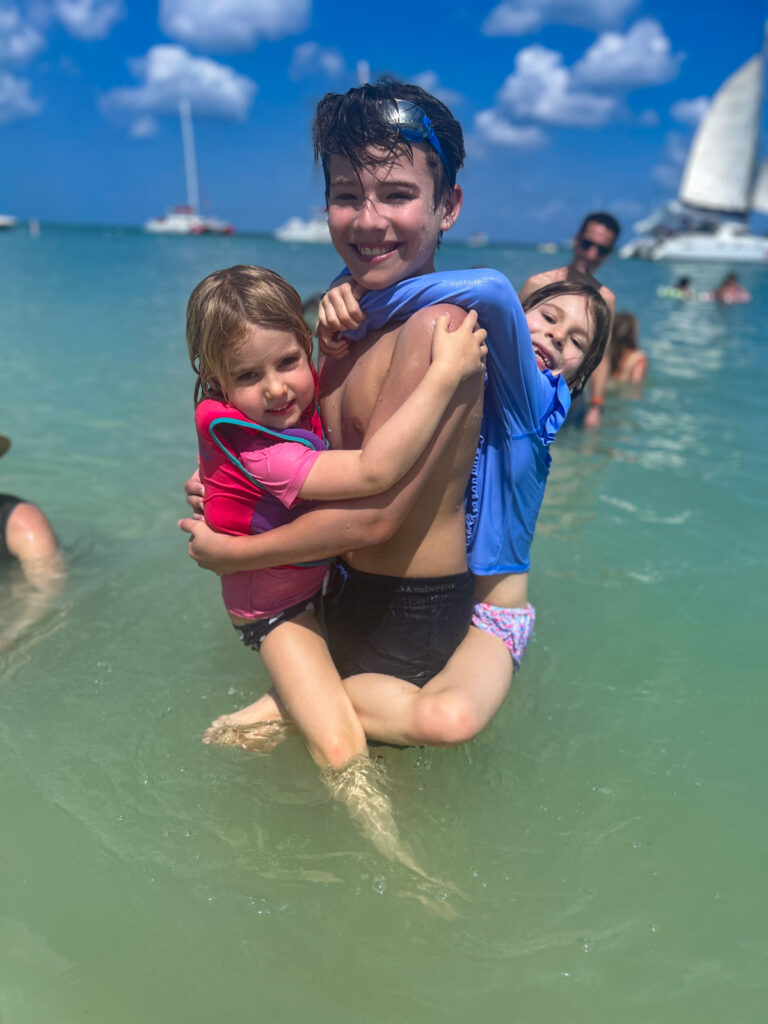
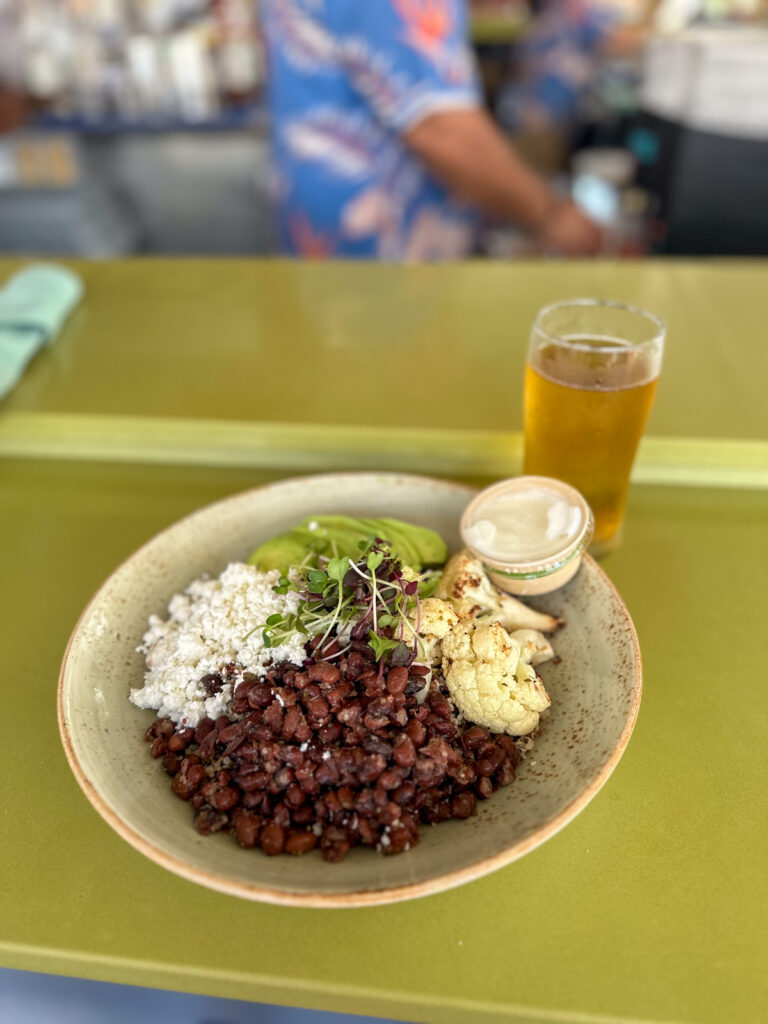

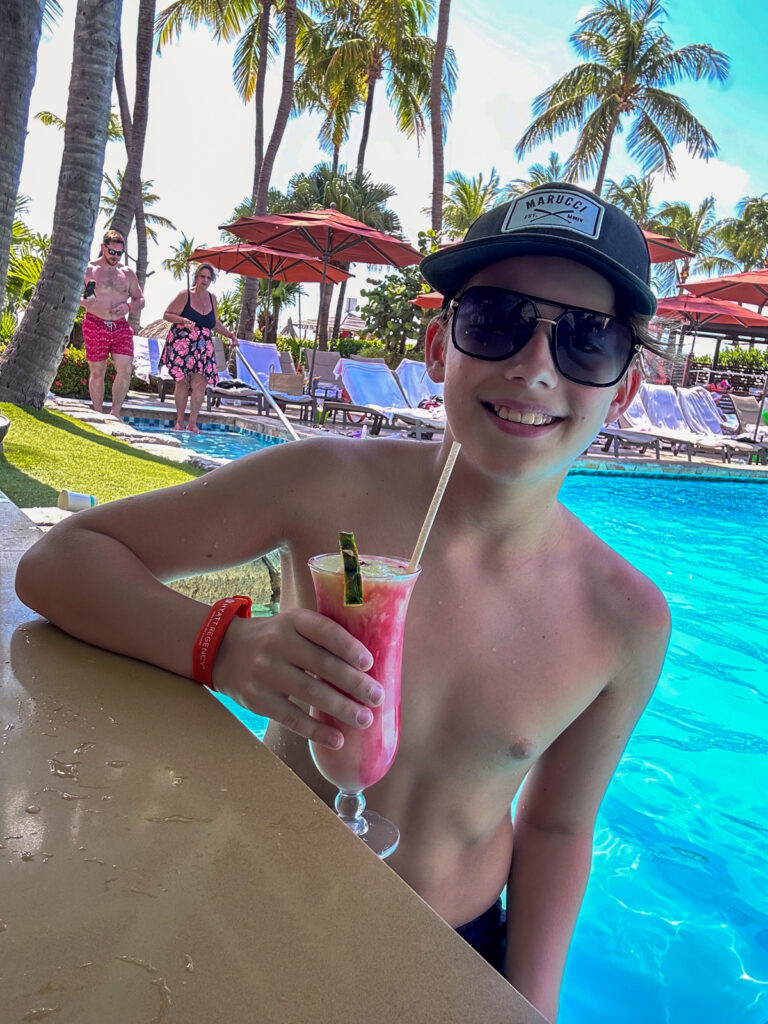
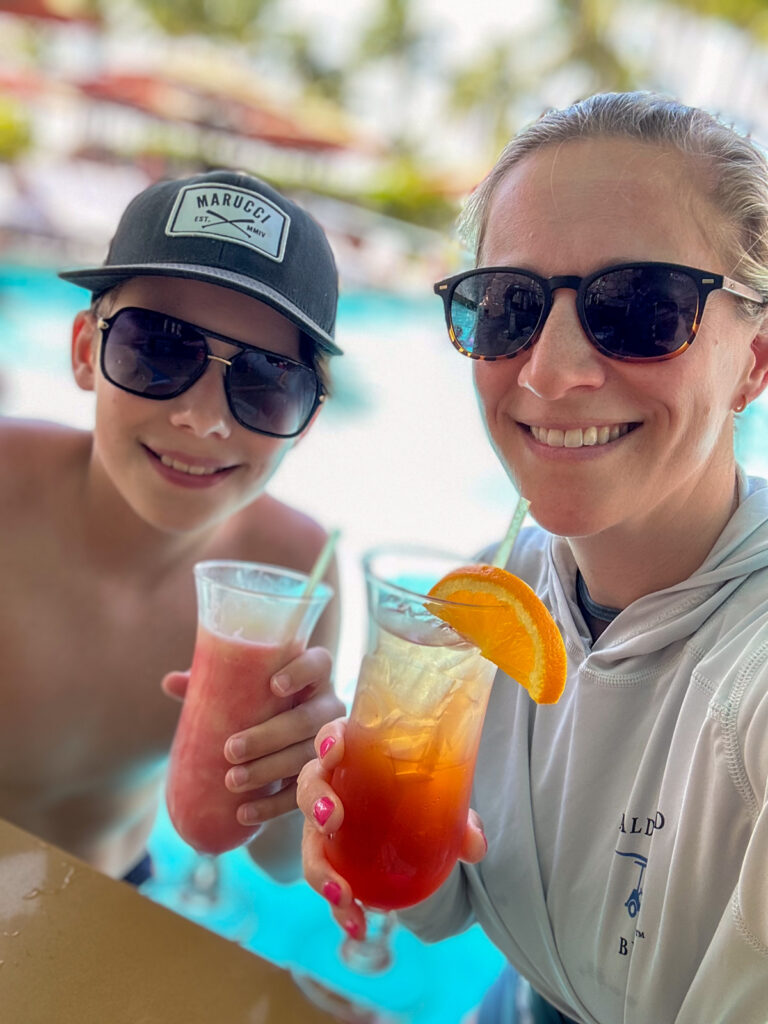
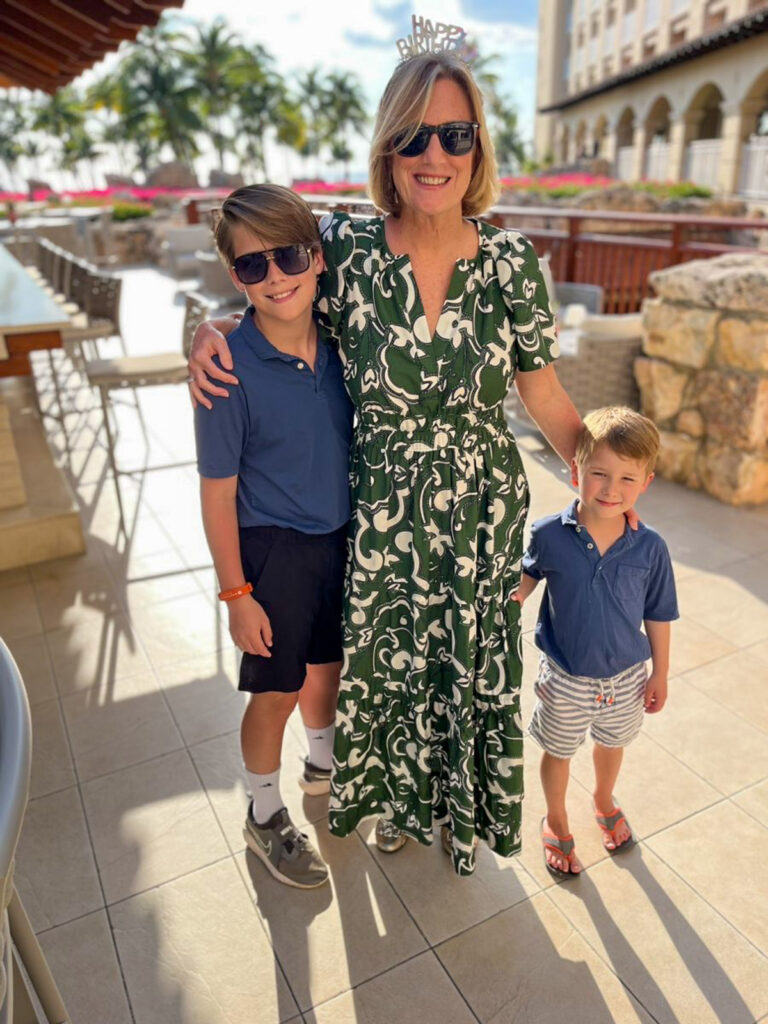
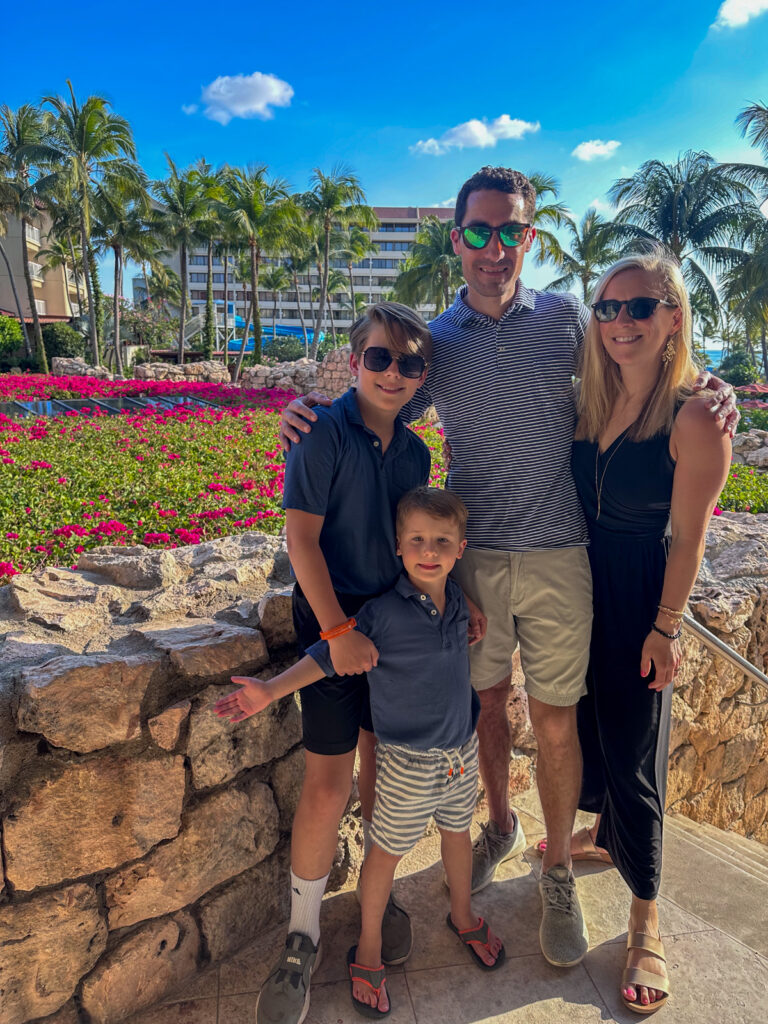
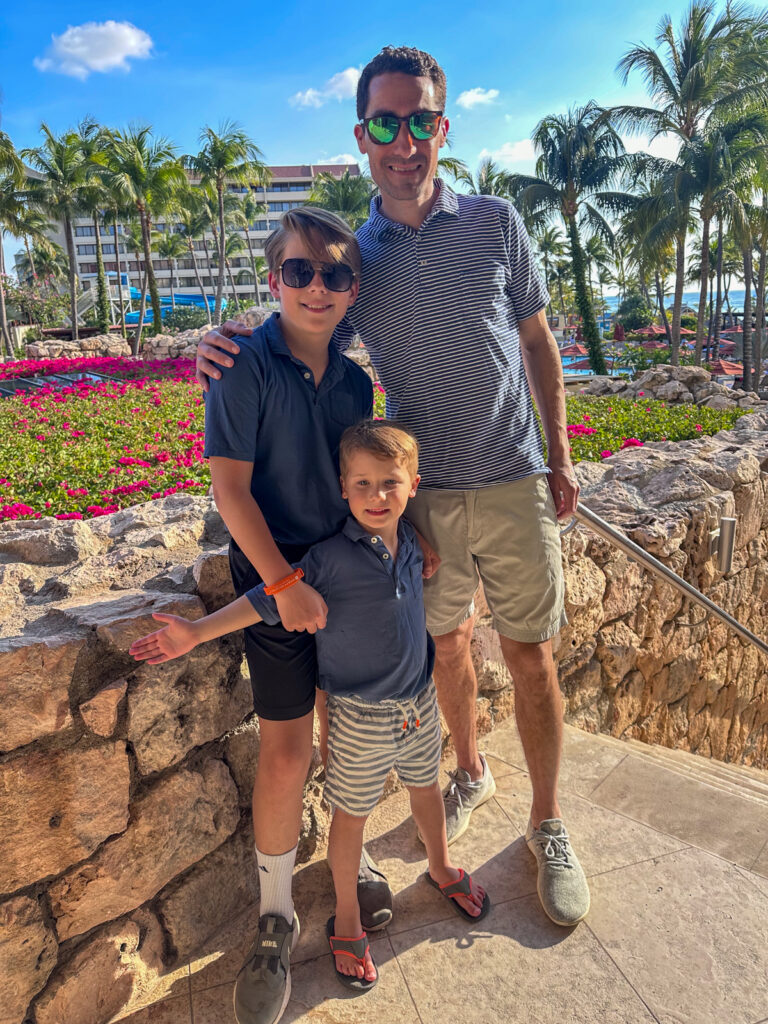
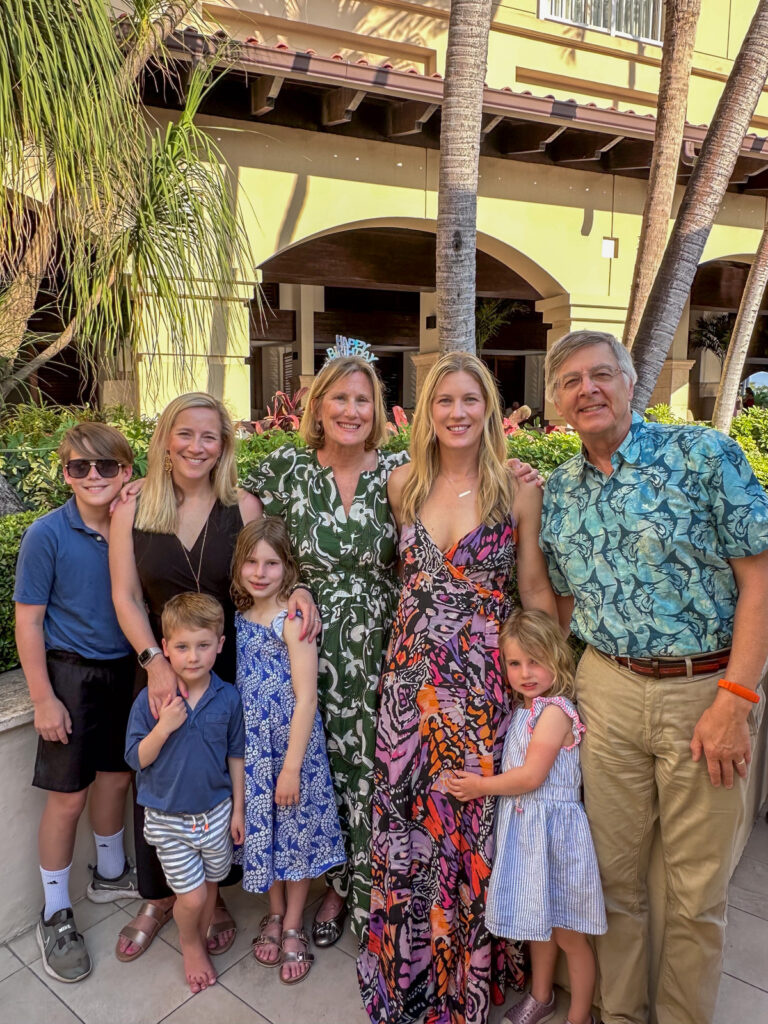
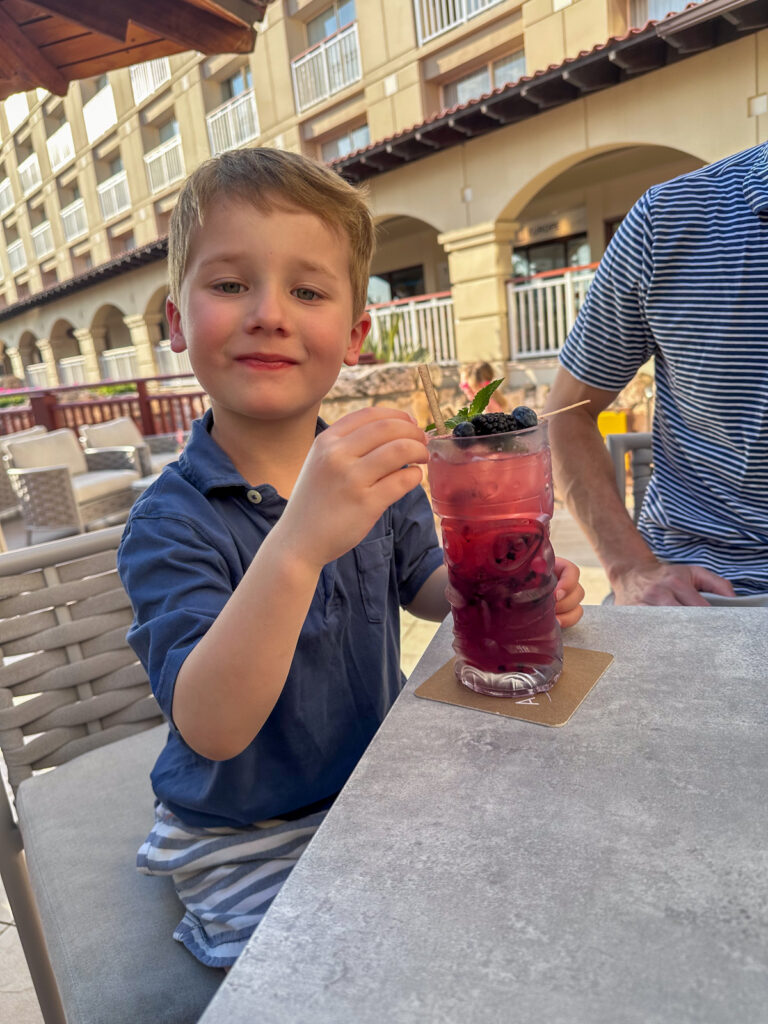
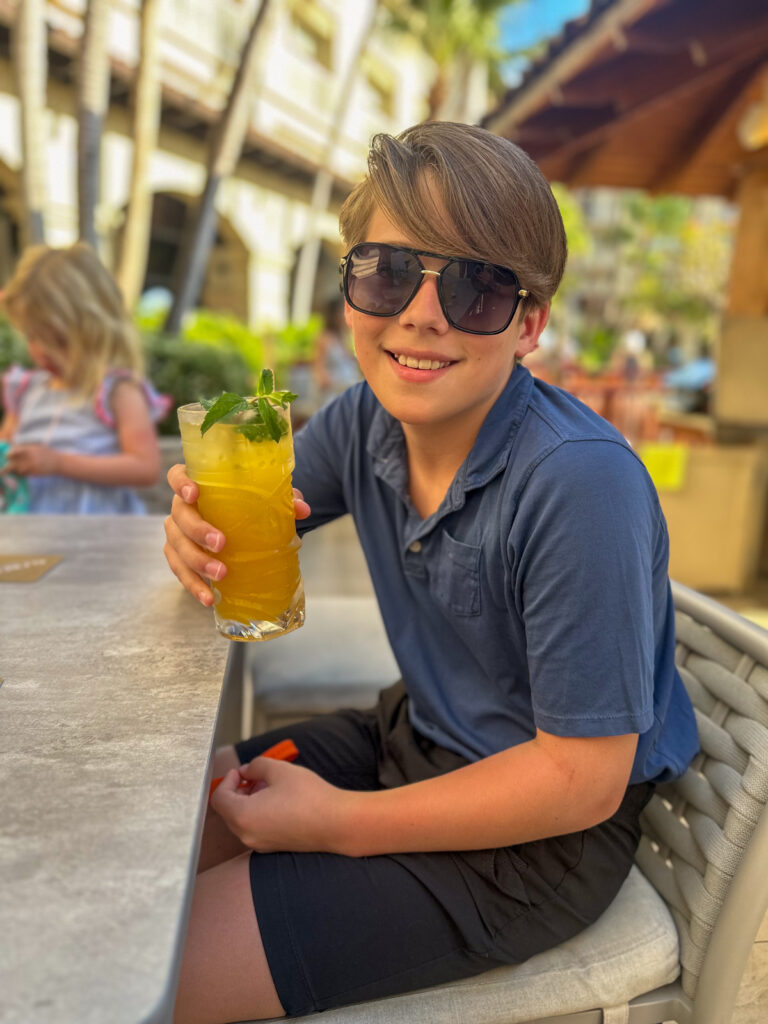
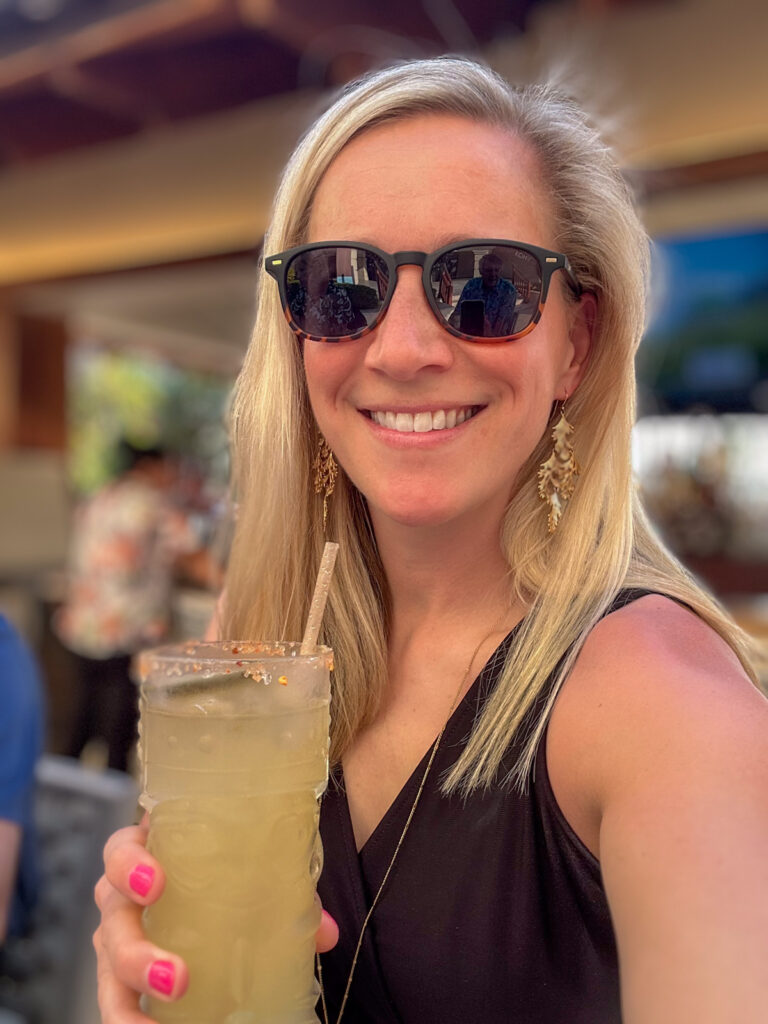


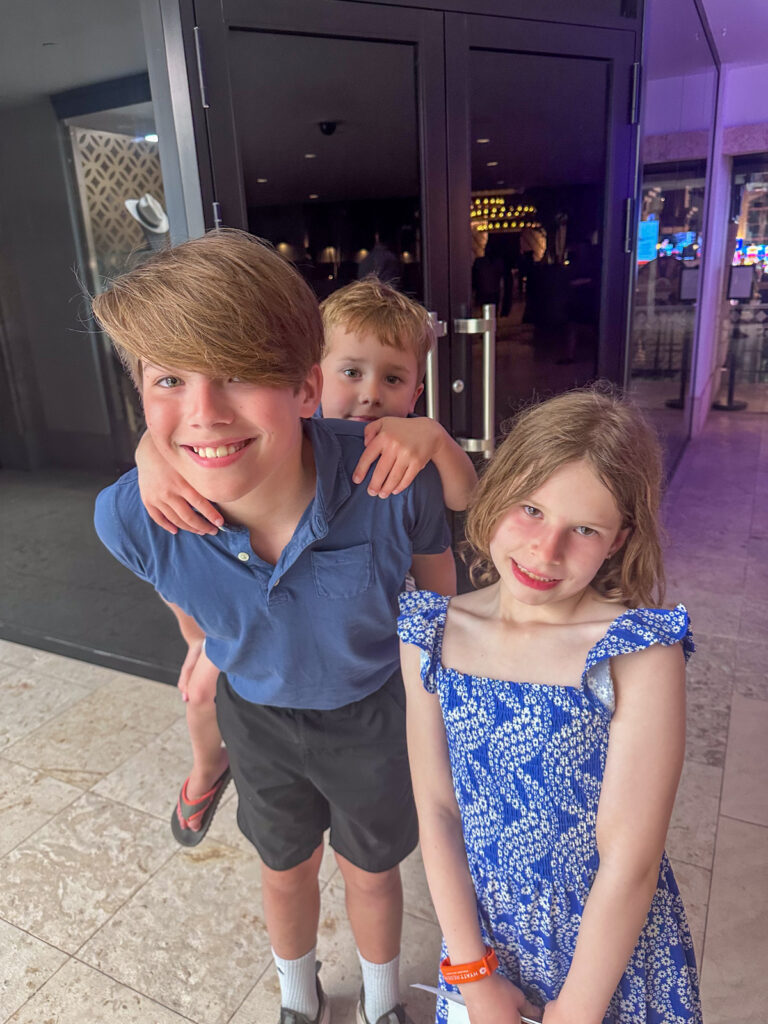
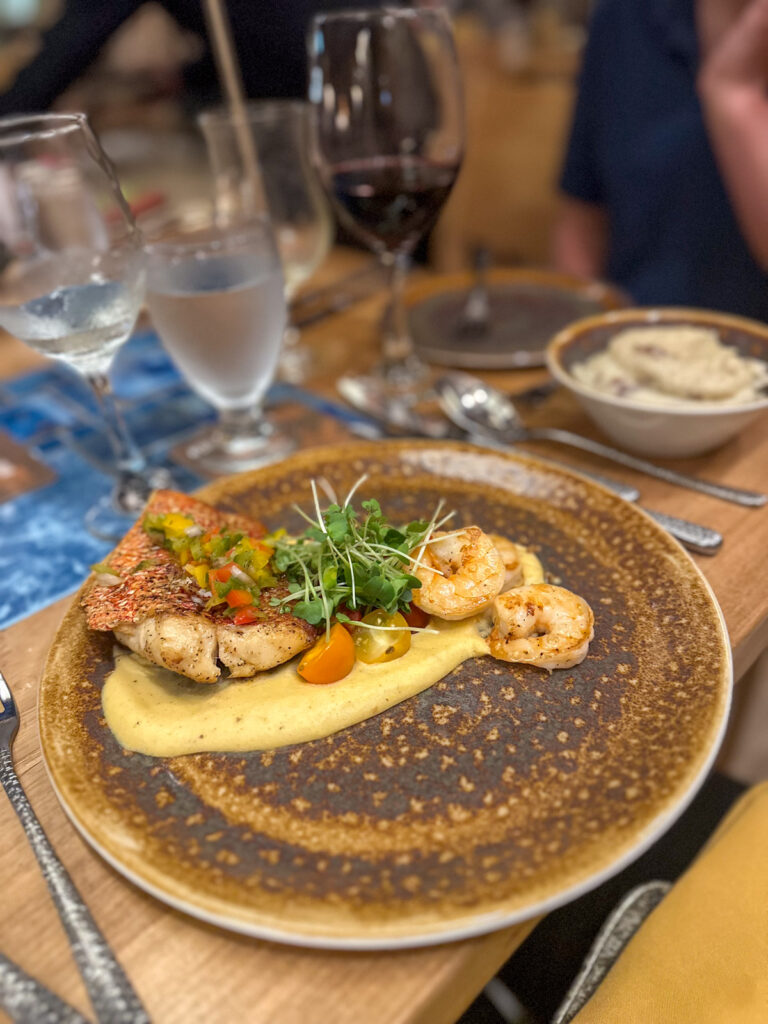
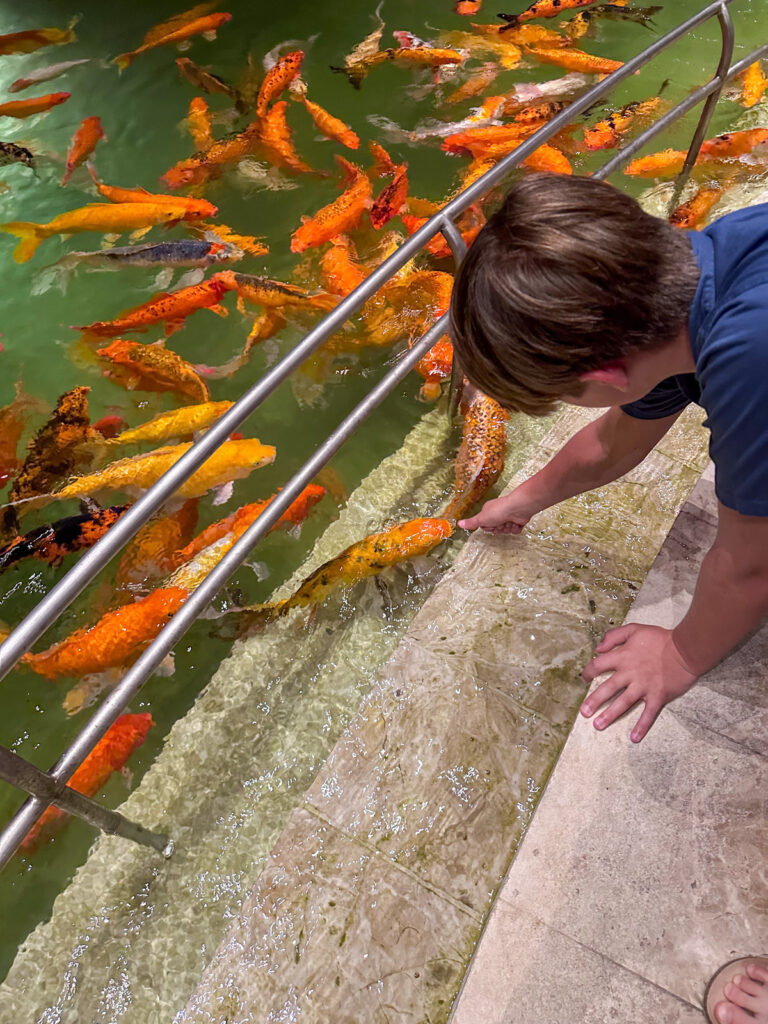
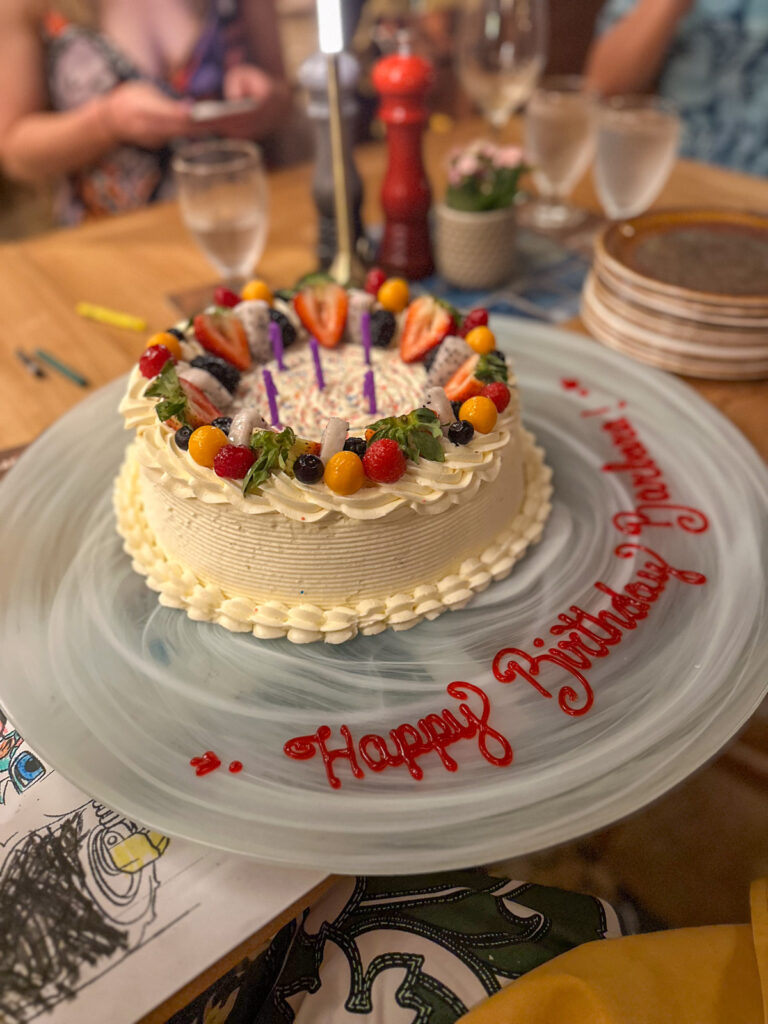


:no_upscale()/cdn.vox-cdn.com/uploads/chorus_asset/file/25377618/2139221289.jpg)
:no_upscale()/cdn.vox-cdn.com/uploads/chorus_asset/file/25377373/Sk_rmavbild_2024_04_07_kl._09.55.33.png)
:no_upscale()/cdn.vox-cdn.com/uploads/chorus_asset/file/25377374/Sk_rmavbild_2024_04_07_kl._09.56.39.png)










